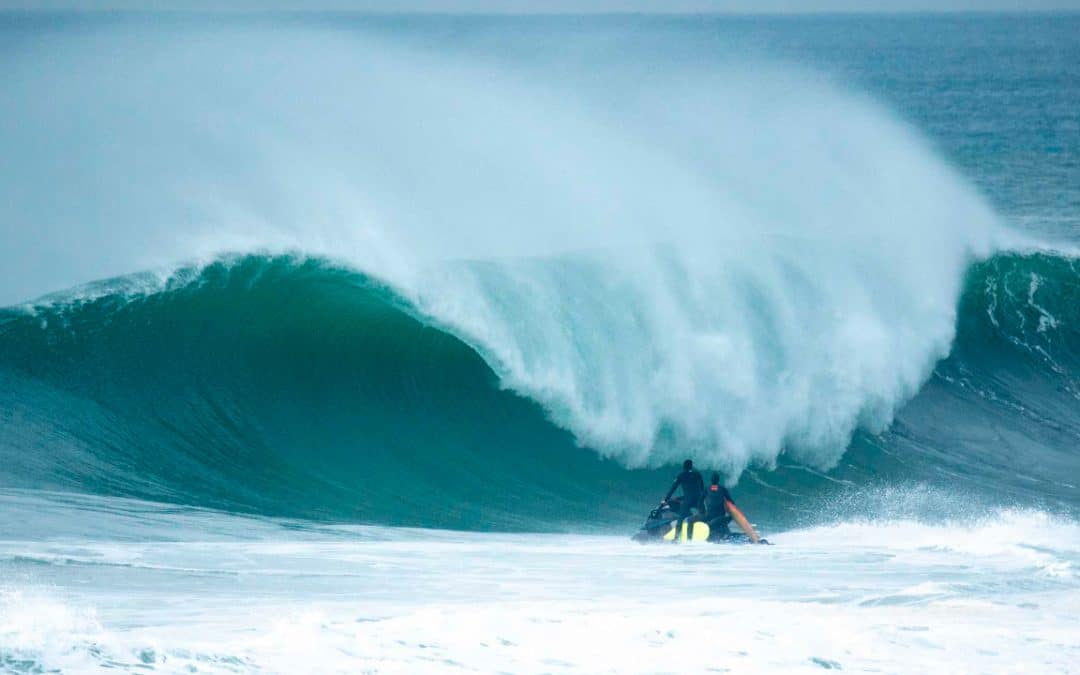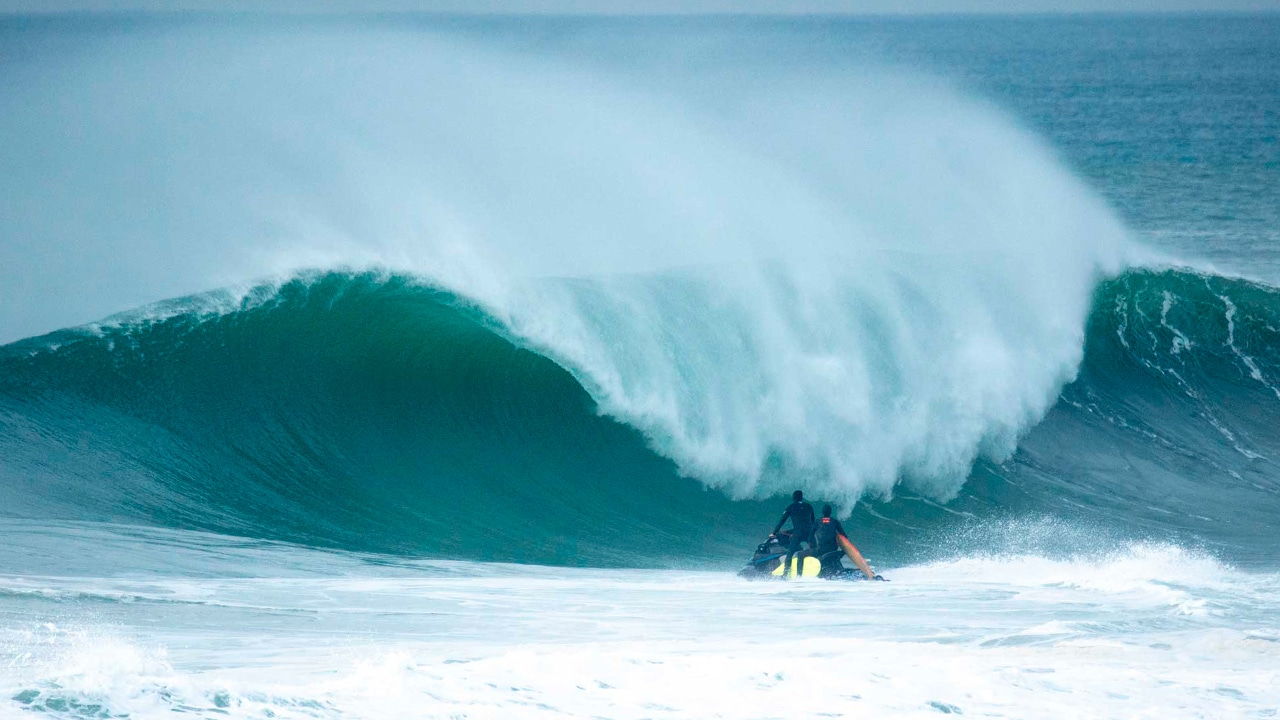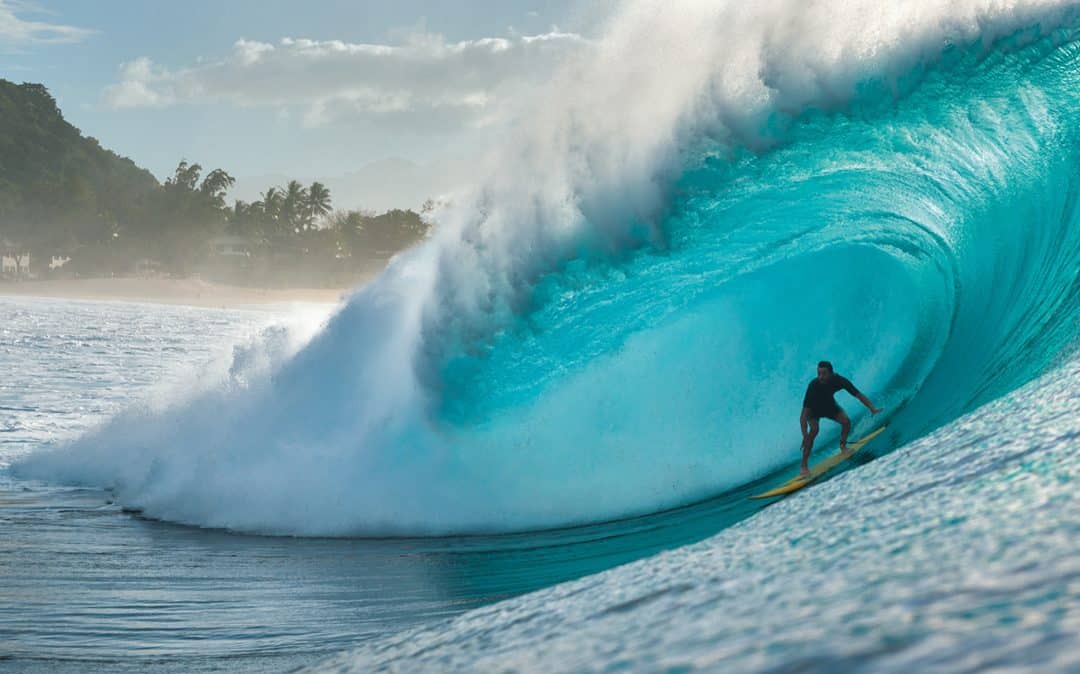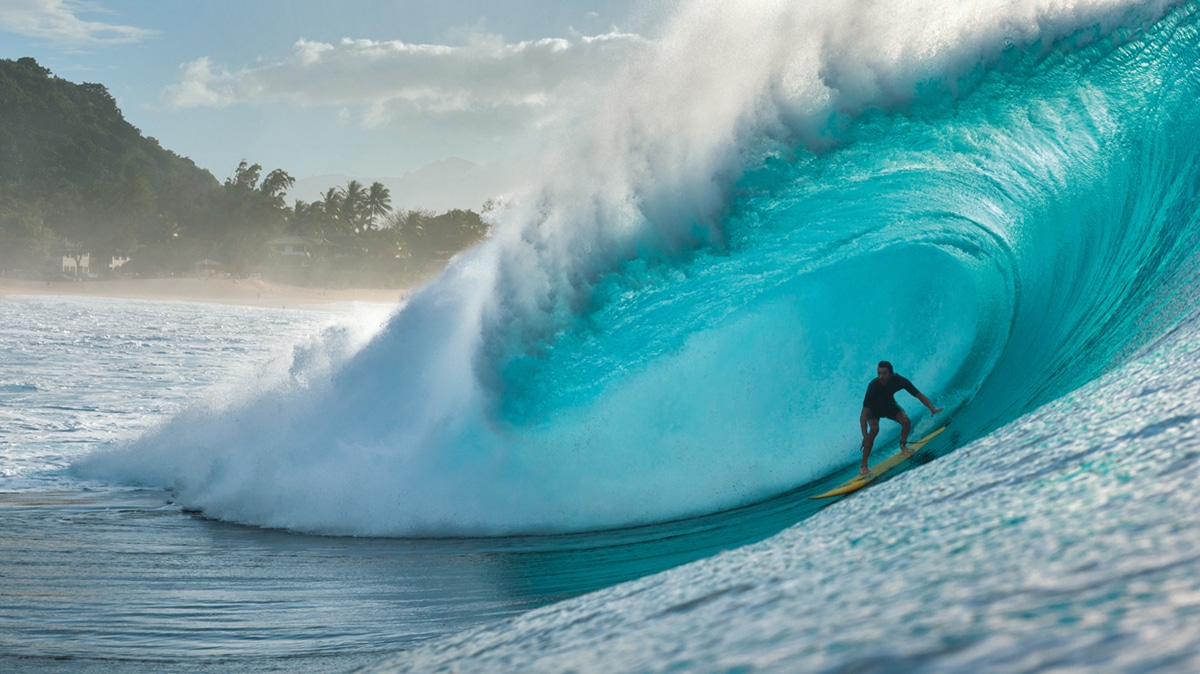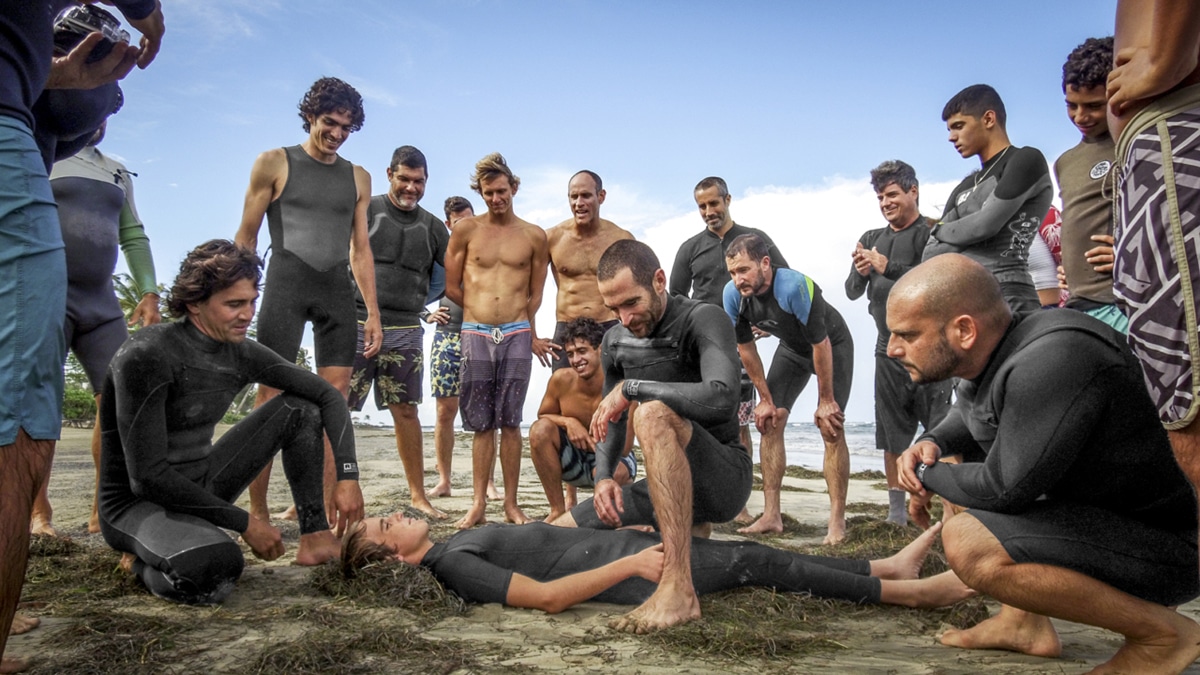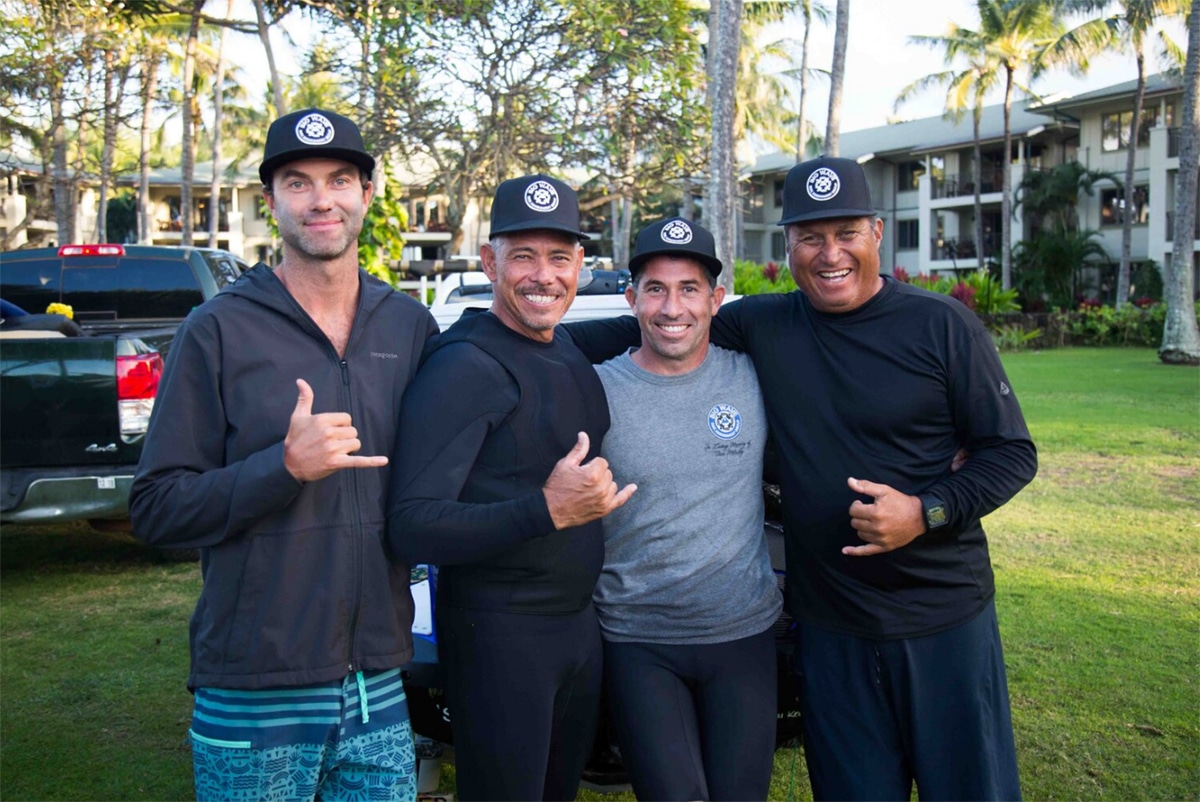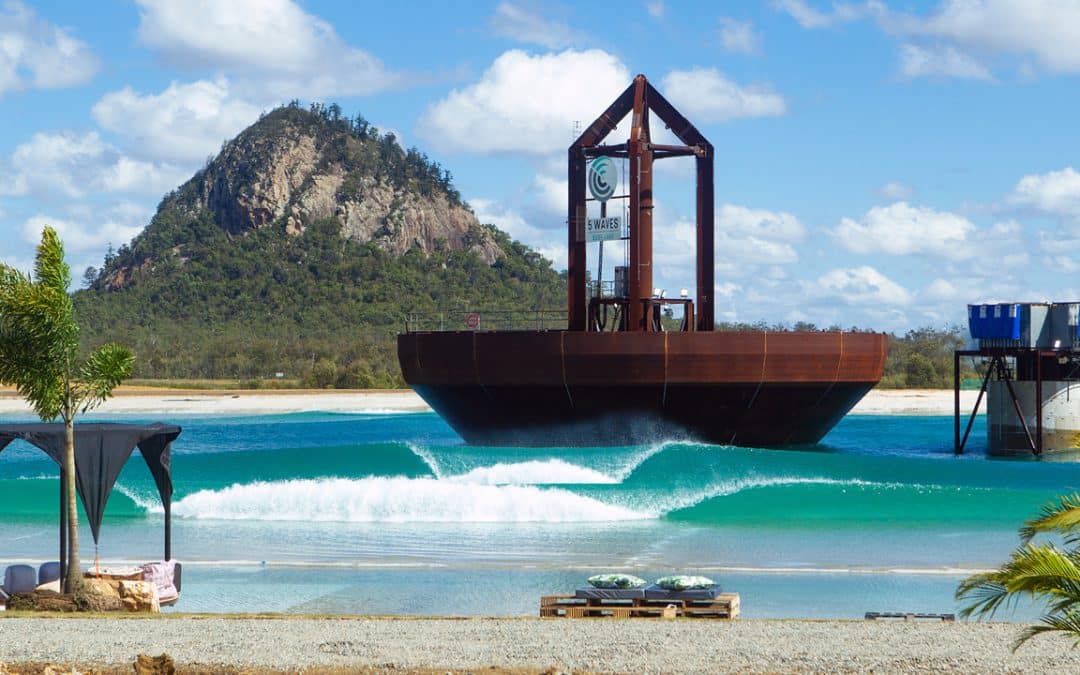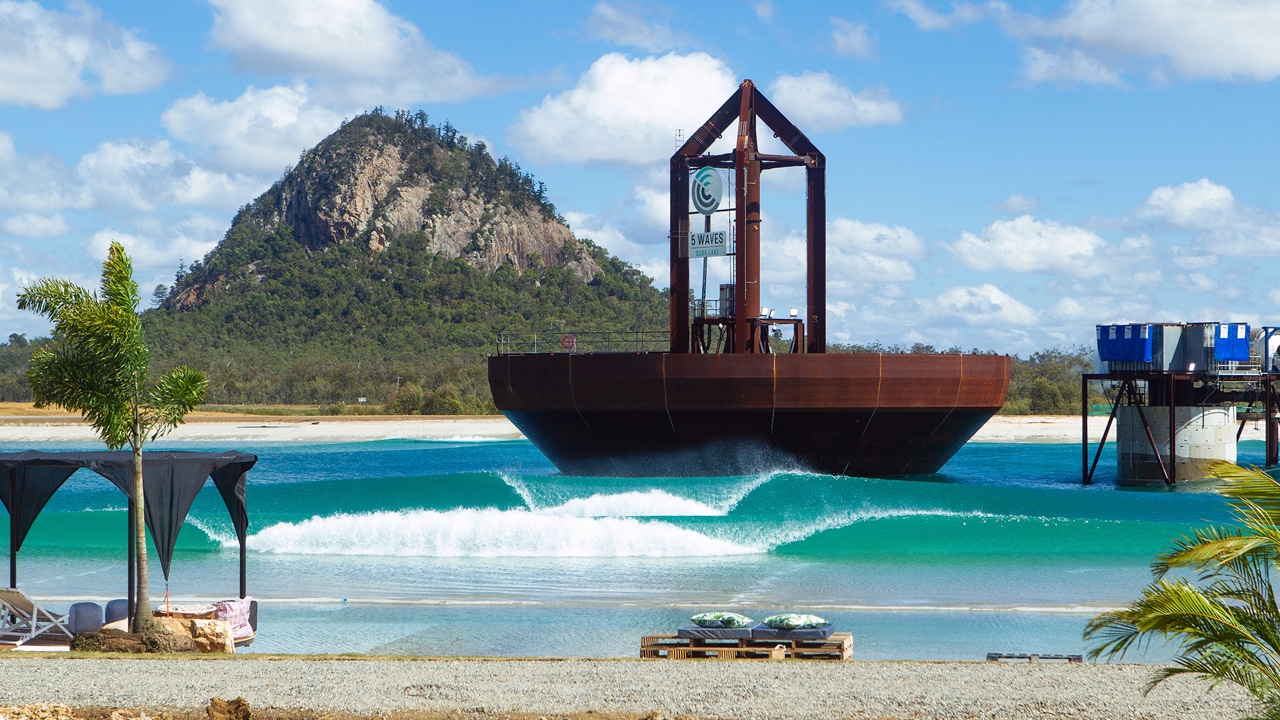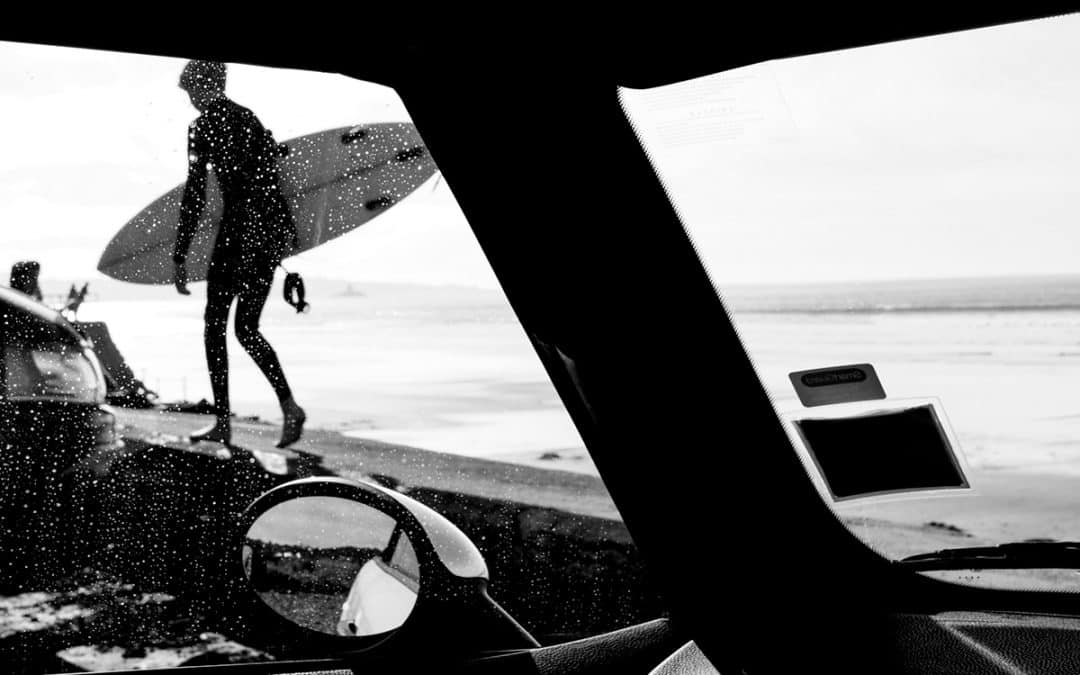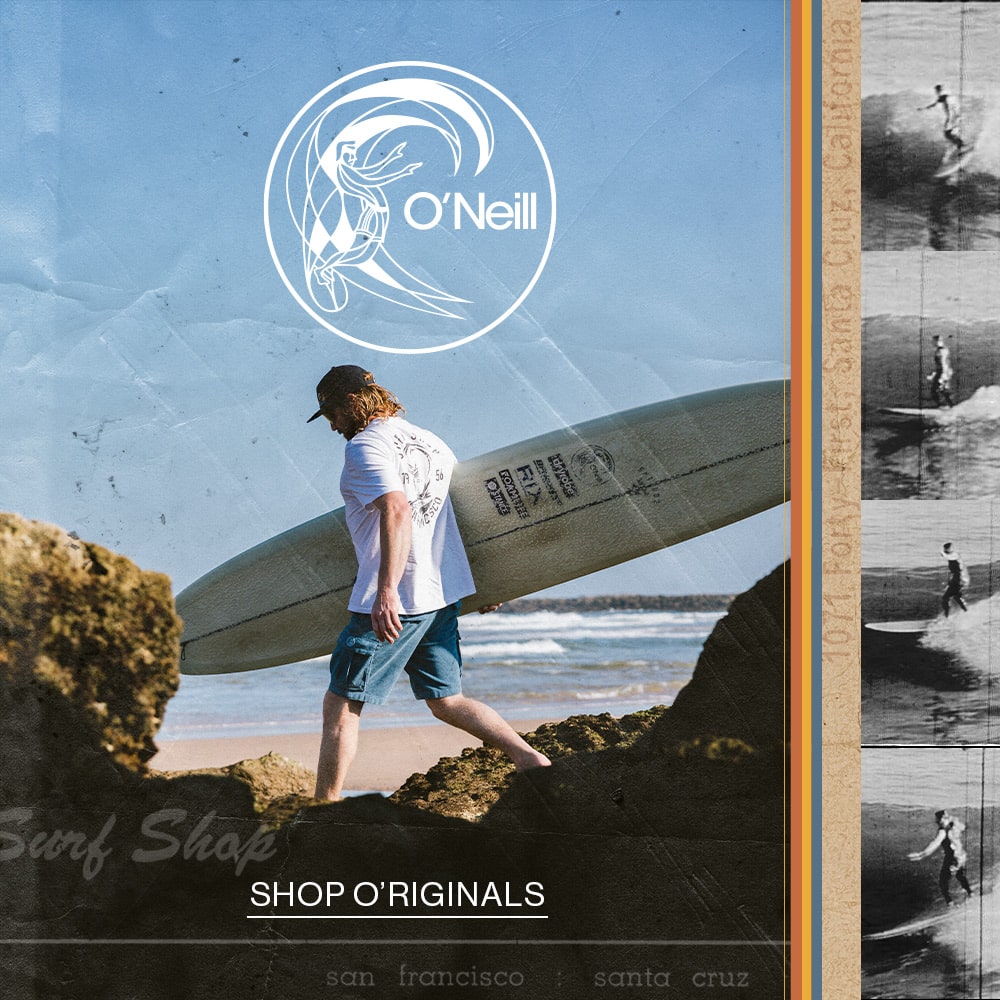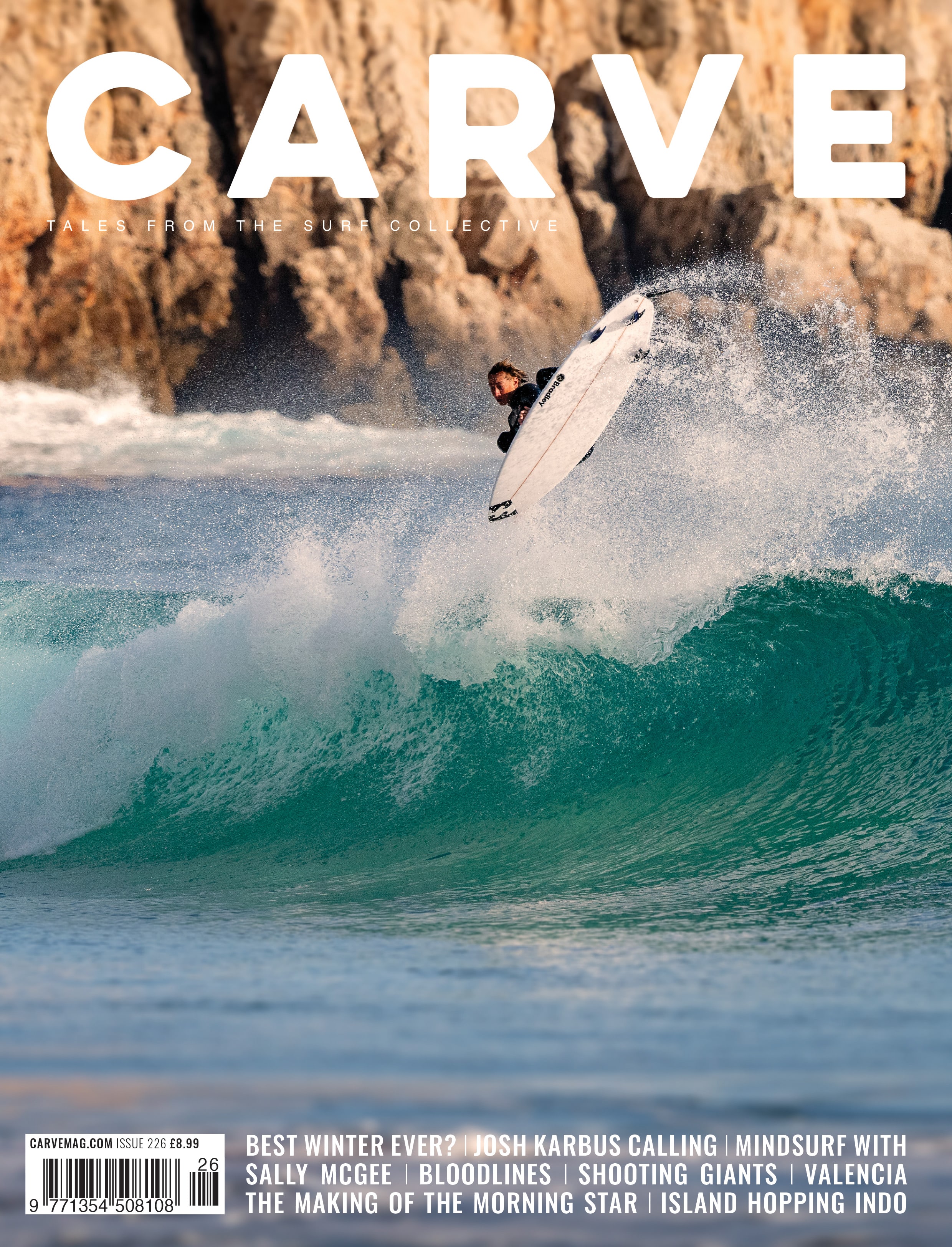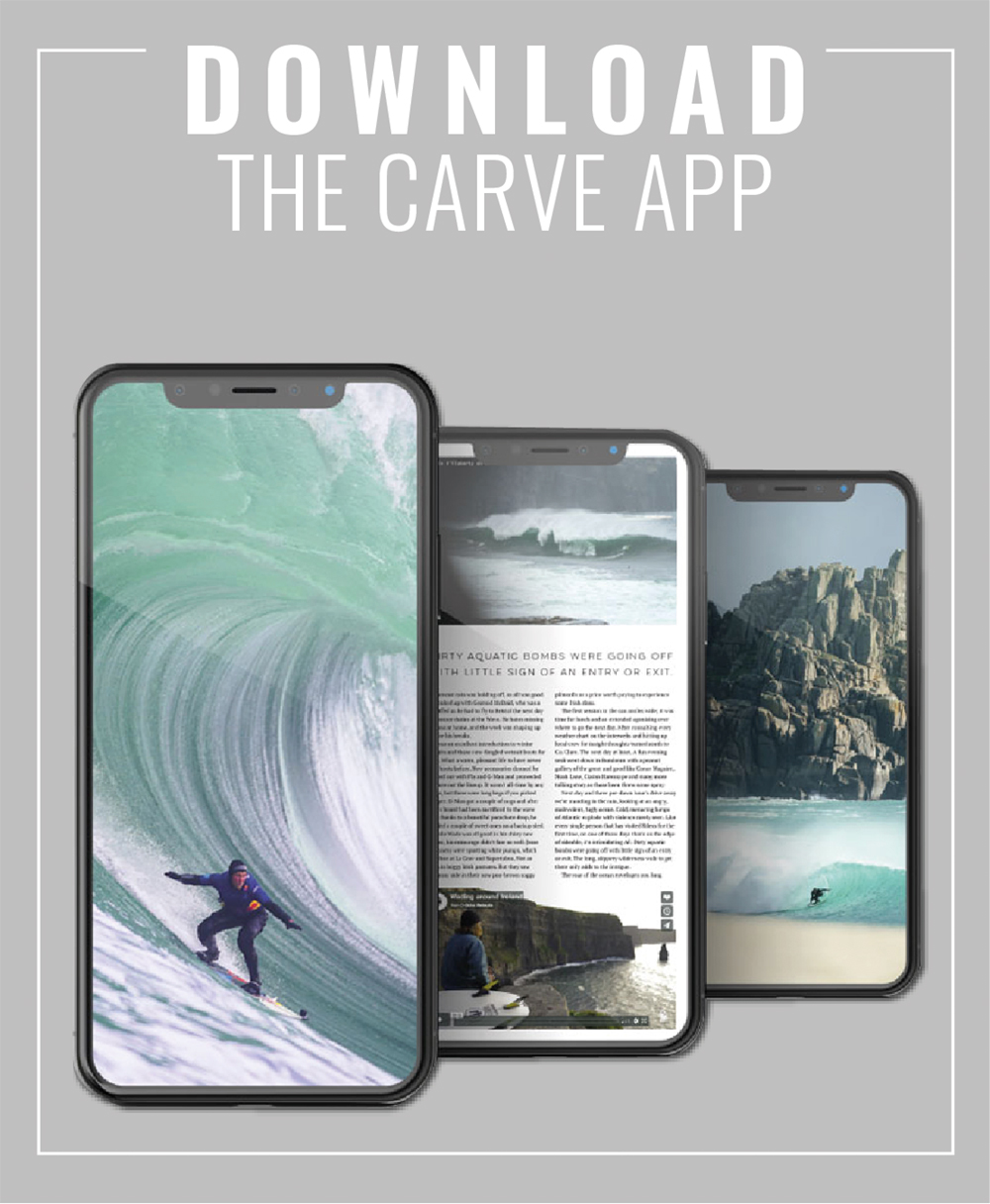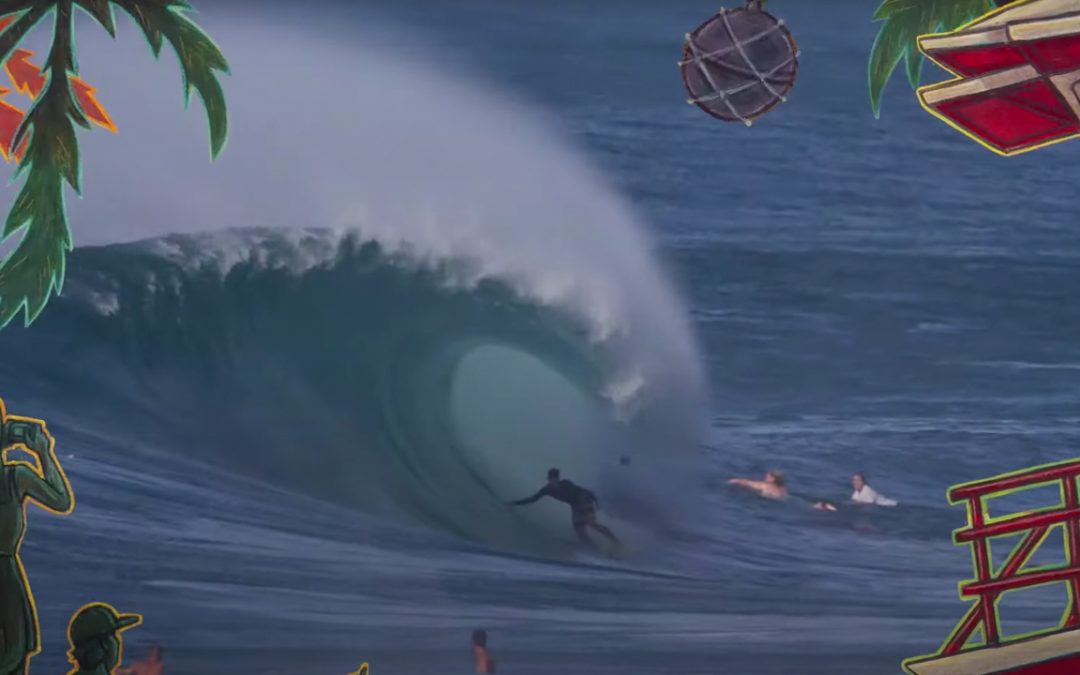
2020 Vans Triple Crown
A unique year calls for a radical change! Vans is proud to reveal an historic evolution of the prestigious Vans Triple Crown of Surfing event series. Launching on December 21, 2020, the Vans Triple Crown of Surfing’s official contest format will be transformed into an innovative, digital, free surf competition experience.
Sanctioned by the World Surf League as a specialty digital event, the 2020 Vans Triple Crown will return to the fabled North Shore in Hawaii as an open, submission-based competition, hosted entirely online at vanstriplecrownofsurfing.com. The event will run for four weeks from December 21, 2020 – January 18, 2021, honouring winning titles for the Hawaiian Pro in Haleiwa, the Vans World Cup at Sunset Beach, and Pipe. The 2020 Vans Triple Crown series will expand the field to welcome men and women contenders from around the world to prove their talent in Hawaii by submitting their best waves for judging consideration.
With this new approach, the elite race for the coveted Vans Triple Crown Championship title becomes even more challenging, as a new, diverse competitive field emerges, and wave opportunities increase dramatically. Unlike traditional surf contest formats, this year’s Triple Crown will test competitors’ ability to demonstrate creativity, skill, and determination without the time constraints of a traditional heat match.
“In celebration of over 35 years of Vans Triple Crown of Surfing progression on the North Shore, the time could not be more suitable to re-visit the concept and re-shape its legacy for years to come,” said Bobby Gascon, senior director of global sports marketing at Vans. “The updated format strengthens Vans’ inclusive approach, elevating the brand’s commitment for women athletes, and increasing accessibility for all surfers, regardless of competition rankings. This format will showcase an exciting, undiscovered crop of rising surf talent in Hawaii and internationally, while upping the ante for surfers to master peak conditions of three of the best waves in the world.”
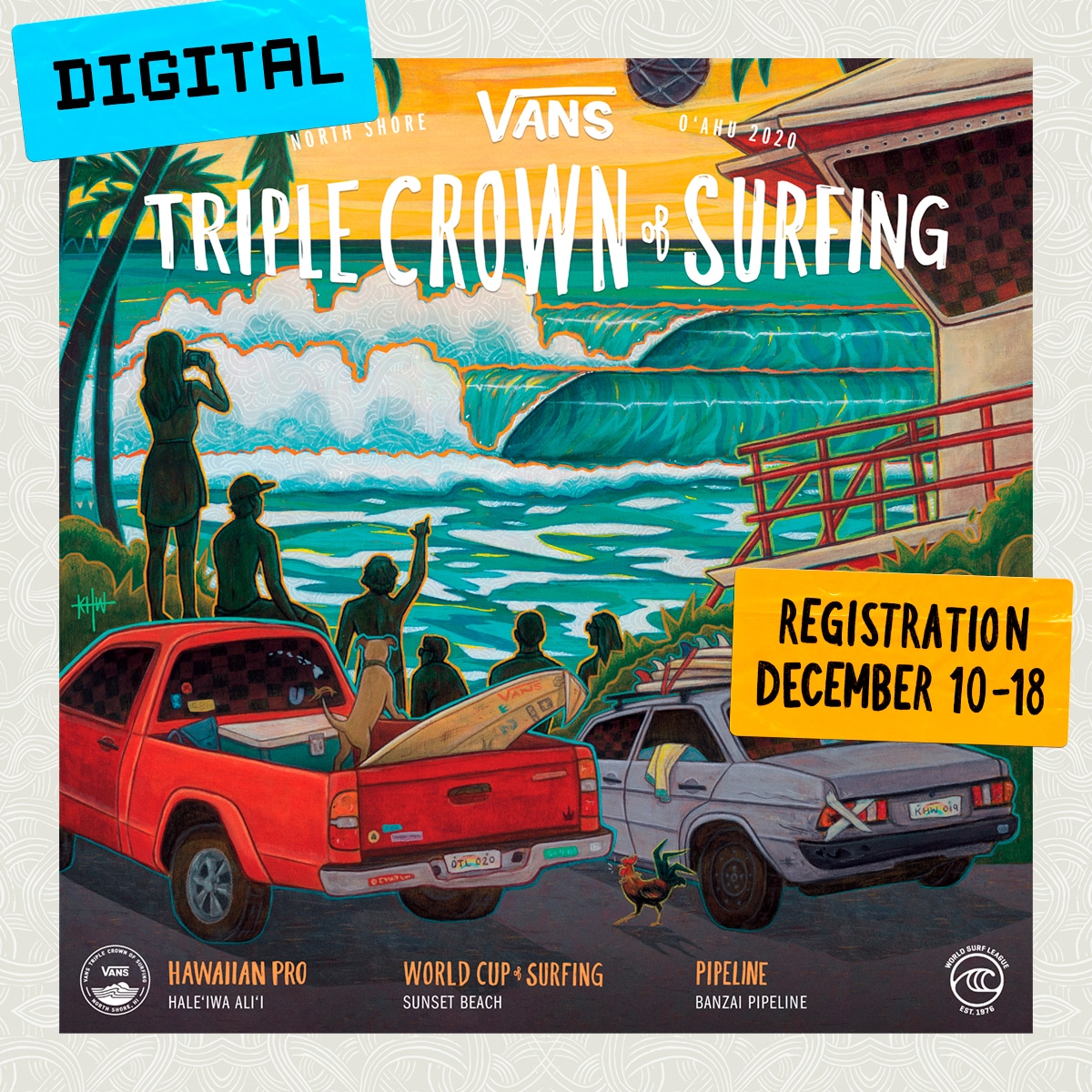
Featuring the three iconic surf breaks of the North Shore—Haleiwa, Sunset and Pipeline—125 eligible men and women competitors will submit footage of their best two (2) individual waves from each break, for a total of six (6) waves. With a total prize purse of $200,000 up for grabs, men and women winners will be crowned for each event, while the overall Triple Crown title contenders will need to earn top scores from all three breaks combined to claim the championship. Adding to the event’s online engagement, Vans has created a “Fan Voting” period of the contest window. Fans will have a seat in the judge’s booth by voting online to help determine who wins the first-ever digital Vans Triple Crown of Surfing title.
Official submissions will begin on December 21, 2020 and end on January 15, 2021. Vans will host a special digital award ceremony on January 18, 2021 to crown the winners of all events, and declare the two new 2020 Vans Triple Crown series champions.
In compliance with the state of Hawaii’s health and safety protocols, competitors are mandated to produce all submissions content safely, and with adherence to local public health guidelines. The new digital edition of the Vans Triple Crown series allows devoted surfing fans to witness the phenomenal progression of the Hawaiian surf community from a safe distance at home. The Vans Triple Crown legacy remains uninterrupted, cementing the North Shore’s reputation as the ultimate proving grounds for future champions and honoring the decades long traditions of Hawaii’s storied surfing heritage.
The 2020 Vans Triple Crown of Surfing will be hosted on vanstriplecrownofsurfing.com from Dec. 21, 2020 – Jan. 18, 2021. Visit the website to learn more about competition dates, format, athlete registration, rules, regulations, and more. Follow @vanstriplecrownsurf on Instagram to stay tuned in to all the action happening live on the ground in Hawaii.

